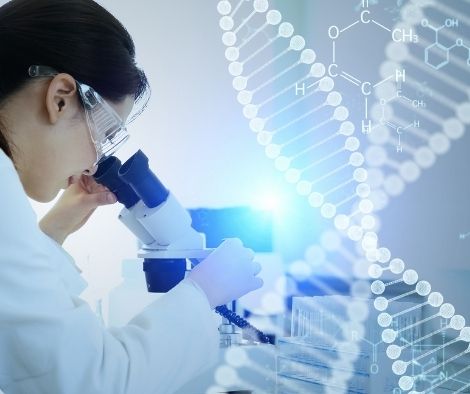
PH is working to expand the MedTech sector
On Wednesday, a Department of Science and Technology (DOST) official said that the government would continue to push for the growth of the medical technology industry, citing increased demand as a result of the epidemic.
“The urgent need for this has never been more apparent than at the onset of the Covid-19 (coronavirus disease 2019) pandemic, when global demand for personal protective equipment (PPEs) and test kits greatly affected their prices and, as a result, our response,” said Undersecretary Rowena Cristina Guevara in a virtual forum hosted by De La Salle University.
She mentioned the increasing trend of regional and local suppliers switching to less costly equipment.
She claims that the local medical device industry is highly reliant on imports, with medical equipment accounting for almost all of it and medical disposables accounting for approximately half of it.
“Prototypes, accessories, and replacement parts are the only items produced locally. In addition, rising demand for services is being driven by population increase, hospital expansion, and upgrades, and rising healthcare expenditure “Guevara made a comment.
One of DOST’s strategies for dealing with this is to make the Biomedical Devices for Health Program one of its top objectives. She said that this would meet the need for improvisational research and local development of dependable, safe, and cheap biomedical devices for supporting and therapeutic treatment.
The curriculum will also help students gain knowledge and abilities in biomedical engineering and related fields.
“The program’s research began with initiatives including hospital equipment and rehabilitation gadgets. As the number of prospective R&D (research and development) partners grew, the breadth of R&D fields grew as well. Minimally invasive surgical devices, equipment for postoperative or rehabilitative care, devices for health emergency response, improved primary health care provision and simulation platforms for disease research are the particular R&D topics being funded from this year forward “Guevara went on.
Approximately PHP112 million has been set aside for current R&D initiatives, which include capacity-building efforts for researchers, regulatory agency partners, and technology transfer and commercialization assistance.
She said that the money is part of a PHP244 million R&D grant for biomedical engineering from 2016 to 2021. The value of completed projects is estimated to be about PHP132 million.
The “Ginhawa” (relief) ventilator, “Agapay,” a robotic exoskeleton for upper extremity rehabilitation, and “Insole,” a pressure sensing device for avoiding foot ulcers are among the initiatives funded by the DOST under this program.
These initiatives, according to the official, were developed in cooperation with the engineering research team and medical specialists. End-users or medical collaborators gave input on current needs throughout the design phase, while the engineering team created a problem-solution standard.
As the country’s capability in Biomedical Engineering grows, there are possibilities.
“The Department of Science and Technology (DOST) is expanding its funding in R&D in order to promote more indigenous inventions. With increased funding comes an extension of study fields in order to stay up with global technological advancements such as a focus on distributed healthcare, the application of artificial intelligence, and tissue engineering, among other things “she said
In order to commercialize innovative technologies with significant market potential, additional specialized research institutes and technology business incubators must be established.
Furthermore, as more academics and new partners join, the number of interaction points with various stakeholders grows. This would hasten the commercialization of innovations created locally. Furthermore, academe-hospital research and testing collaborations would guarantee the safety of goods produced.
According to Guevara, the DOST understands that the Biomedical Engineering Program’s success depends on establishing relationships among technology innovators, such as those in academia, healthcare, and manufacturing, who can assist in clinical assessment and commercialization of R&D products.
Save/Share this story with QR CODE
Disclaimer
This article is for informational purposes only and does not constitute endorsement of any specific technologies or methodologies and financial advice or endorsement of any specific products or services.
📩 Need to get in touch?
Feel free to Email Us for comments, suggestions, reviews, or anything else.
We appreciate your reading. 😊Simple Ways To Say Thanks & Support Us:
1.) ❤️GIVE A TIP. Send a small donation thru Paypal😊❤️
Your DONATION will be used to fund and maintain NEXTGENDAY.com
Subscribers in the Philippines can make donations to mobile number 0917 906 3081, thru GCash.
3.) 🛒 BUY or SIGN UP to our AFFILIATE PARTNERS.
4.) 👍 Give this news article a THUMBS UP, and Leave a Comment (at Least Five Words).
AFFILIATE PARTNERS

World Class Nutritional Supplements - Buy Highest Quality Products, Purest Most Healthy Ingredients, Direct to your Door! Up to 90% OFF.
Join LiveGood Today - A company created to satisfy the world's most demanding leaders and entrepreneurs, with the best compensation plan today.



 Business Technology, Finance Technology & Information Technology
Business Technology, Finance Technology & Information Technology





